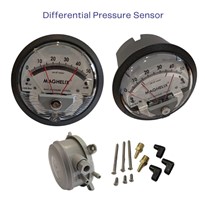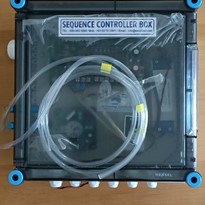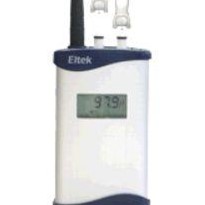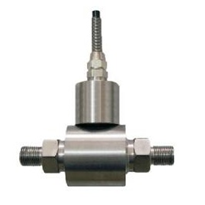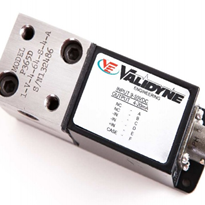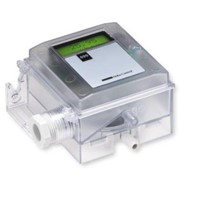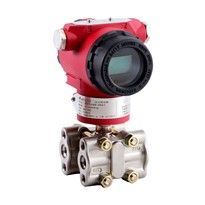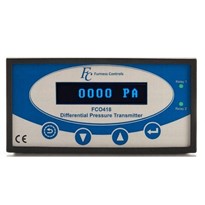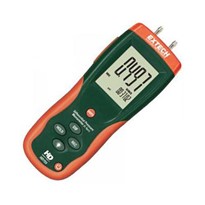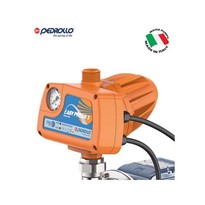What are Sequence Controllers?
Sequence controllers are automation devices used to manage the operation of multiple components such as solenoid valves or pulse jet valves in a pre-defined order. These controllers ensure that actions take place in a specific sequence, often based on inputs such as pressure difference, process temperature, or flow rates. The sequence of operations is critical in industries where maintaining an optimal process flow is essential for safety, efficiency, and reliability.
Sequence controllers can be applied to a variety of systems, including HVAC, water treatment, industrial automation, dust collectors and more. In these systems, the controller is responsible for triggering specific actions at the right time—whether , opening or closing of valves, or activating relays etc—based on feedback signals from sensors that monitor critical process parameters.
Understanding Differential Pressure
Differential pressure refers to the difference in pressure between two points in a system. This measurement is often used to gauge the flow of medium typically gases, detect blockages, or monitor system performance. For example, in a dust collection system, differential pressure sensors can monitor the pressure difference across filters to detect clogging or ensure proper airflow. In HVAC systems, differential pressure can measure airflow or fan performance.
Differential pressure sensors typically consist of two pressure ports: one connected to the inlet and one to the outlet. The sensor measures the difference in pressure between these two points and outputs a signal that reflects this difference. Accurate differential pressure measurements are essential for maintaining optimal system function and preventing damage to equipment or failure of the system.
How Sequence Controllers Utilize Differential Pressure in Dust Collection Systems
Sequence controllers work with differential pressure sensors to trigger specific actions based on real-time feedback. When the differential pressure exceeds a set point, indicating that filter bags are becoming clogged, the sequence controller activates a pre-programmed action, such as initiating a filter cleaning cycle or activating additional motors to maintain airflow.
By automating these actions, sequence controllers ensure that dust collection systems run smoothly, minimizing the need for manual intervention and reducing the risk of system failure.
Benefits of Using Sequence Controllers with Differential Pressure in Dust Collection Systems
-
Energy Efficiency
- Sequence controllers help optimize energy usage by ensuring that motors and fans only run when necessary. By activating components based on real-time differential pressure data, the system can reduce unnecessary power consumption. For instance, motors are only activated when the system reaches a critical pressure threshold, ensuring that the equipment is running at its most efficient state.
-
Maintaining Optimal Airflow
- Differential pressure is a reliable indicator of filter performance. By using differential pressure to guide system actions, sequence controllers ensure that the dust collection system maintains consistent airflow, even as filters become clogged. This helps to prevent dust buildup in the workplace and improves air quality.
-
Extended Equipment Lifespan
- Automated filter cleaning and the sequential activation of additional components based on pressure feedback prevent unnecessary strain on the system. By reducing the frequency of manual maintenance and optimizing equipment use, the lifespan of filters, motors, and fans is extended.
-
Reduced Downtime
- With real-time monitoring and automated responses, sequence controllers reduce system downtime. When a problem is detected, the system can take corrective actions immediately, such as cleaning filters or activating backup units, preventing the need for manual intervention and avoiding costly operational halts.
-
Automation and Reliability
- Sequence controllers automate complex processes, reducing human error and ensuring that the dust collection system operates reliably without constant manual monitoring. The system can adjust to changing conditions, such as fluctuating airflow or filter clogging, without human input, leading to more efficient and consistent performance.
Challenges and Considerations
-
Sensor Accuracy
- The effectiveness of a differential pressure-based sequence controller relies heavily on the accuracy of the pressure sensors. If sensors become clogged, miscalibrated, or damaged, they may provide false readings, leading to unnecessary actions or a failure to address actual system issues. Regular maintenance and calibration are essential to ensure accurate sensor performance.
-
System Complexity
- While sequence controllers can significantly improve the efficiency of dust collection systems, designing and maintaining these systems can be complex, especially for large facilities with multiple collection units. Ensuring that all components work seamlessly together requires careful integration and robust system design.
-
Proper Sensor Placement
- The placement of differential pressure sensors is critical to obtaining accurate measurements. If sensors are improperly placed, the system may receive misleading pressure readings, affecting the performance of the sequence controller. Proper placement ensures that the differential pressure is accurately measured across the filters and helps trigger the correct responses.
Conclusion
Sequence controllers with differential pressure are a powerful tool for optimizing dust collection systems. By using real-time pressure data, these controllers automate critical functions, such as filter cleaning and motor activation, to ensure that the system runs efficiently, reduces energy consumption, and maintains proper airflow. This automation also extends the lifespan of equipment and reduces downtime, making it a cost-effective solution for industries reliant on dust collection.
As technology advances, we can expect even greater integration of smart sensors and IoT-enabled sequence controllers, further improving the efficiency and predictive maintenance capabilities of dust collection systems. These innovations will continue to enhance system performance, reduce operational costs, and ensure cleaner, safer environments in industries around the world.


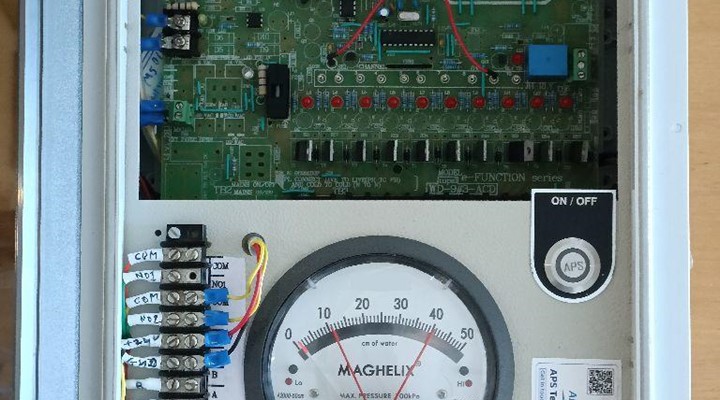
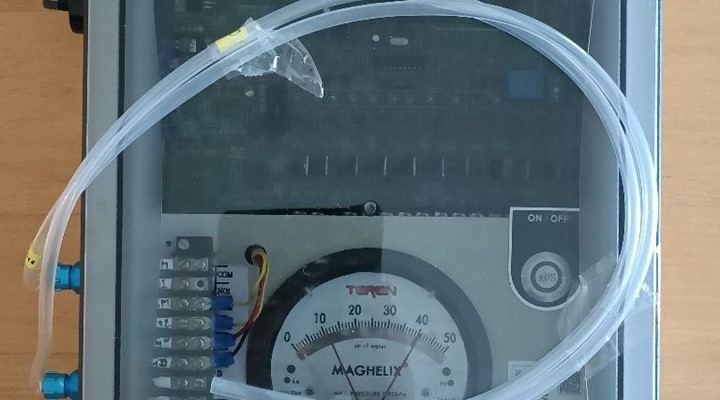
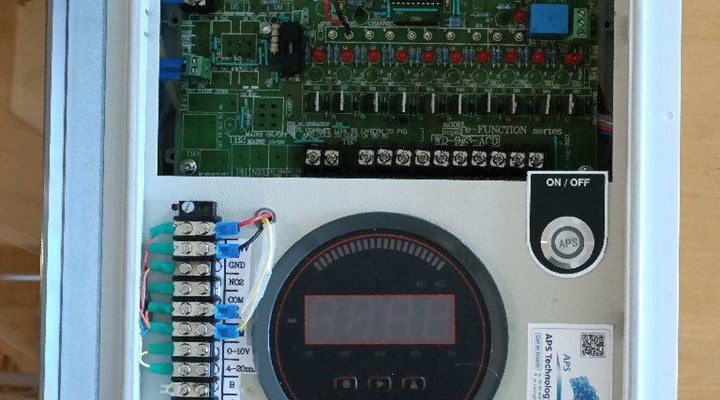
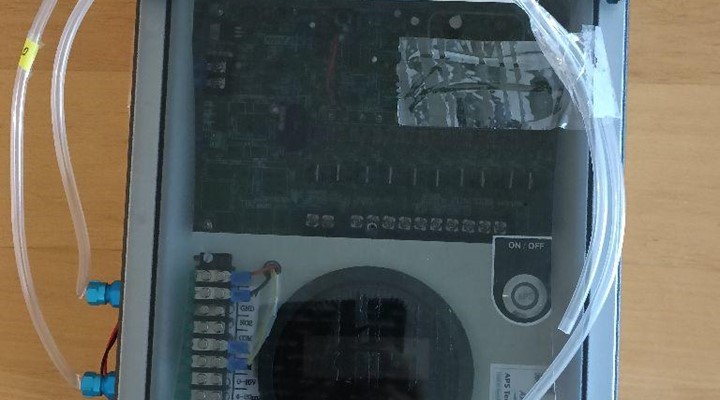
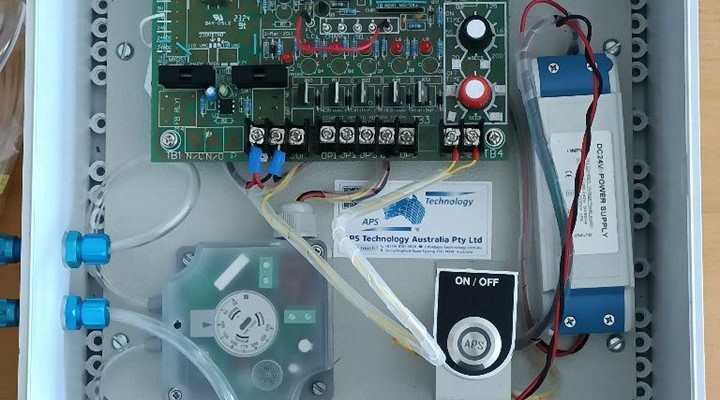
-160x160-state_article-rel-cat.png)


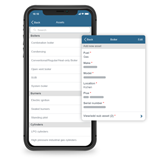

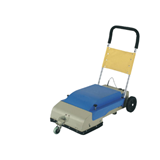





-160x160-state_article-rel-cat.png)



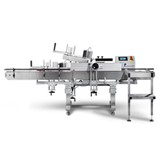

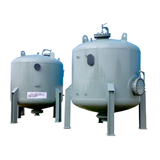
-160x160-state_article-rel-cat.png)

